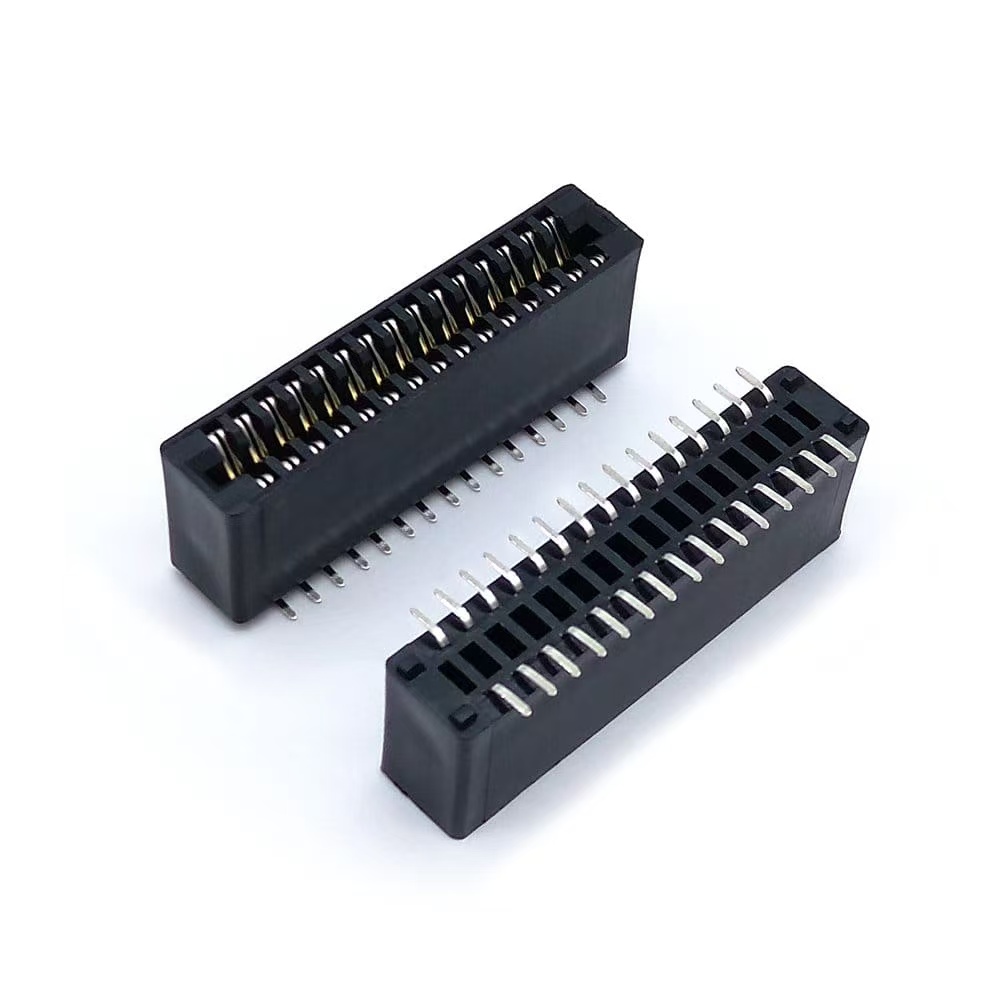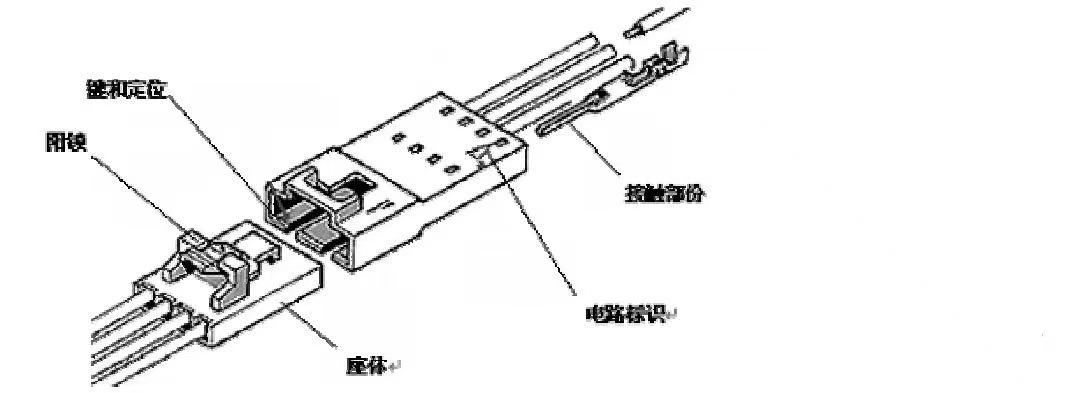SMT connectors are a component that electronic engineers often encounter. Their function is quite simple: to bridge blocked or isolated circuits within a circuit,
thereby enabling the flow of current and enabling the circuit to perform its intended function.
SMT connectors are essential components in electronic devices. Following the path of current flow, you'll always find one or more connectors. SMT Connector forms and structures vary greatly,
depending on the application, frequency, power, and environment.
For example, the connectors used for stadium lighting, hard drive connectors, and rocket ignitions are very different. However, all connectors must ensure smooth, continuous,
and reliable current flow.

1、Why use SMT connectors?
Imagine what would happen if there were no SMT connectors? Without SMT connectors, circuits would be permanently connected using continuous conductors.
For example, to connect an electronic device to a power source, both ends of the connecting wire must be securely connected to the device
and the power source through some method (such as soldering). This creates significant inconvenience both in production and in use.
Take car batteries as an example. If the battery cables are soldered to the battery, the car manufacturer incurs additional work for battery installation,
increasing production time and costs. If the battery is damaged and needs to be replaced, the car must be taken to a repair shop, the old one removed,
and a new one soldered in, incurring significant labor costs. Connectors can eliminate this hassle: simply buy a new battery from the store, disconnect the connector,
remove the old one, install the new one, and reconnect the connector.
SMT connectors make the design and production process more convenient and flexible, reducing production and maintenance costs.
2、Applications of SMT Connectors
a. Computers and Computer Peripherals: These include connectors used in mainframe computers, minicomputers, and personal computers, as well as related devices such as printers,
modems, scanners, and mass storage devices.
b. Data Communications/Telecommunications: Includes connectors used in data communications, telephones, radio broadcasting, and television broadcasting equipment.
Also includes connectors for cable and fiber optic systems.
c. Consumer Electronics: Includes electronic devices such as televisions, VCRs, stereos, CD players, video cameras, and digital cameras.
d. Automotive Electrical and Electronic Equipment: Cars, trucks, and other motor vehicles. Many connectors are used in everything from safety devices and driving systems to body wiring systems,
engine and transmission control systems.
e. Other: Aircraft, ships, military equipment, and more.
3. Components and Terminology of SMT Connectors

a. Housing: The housing of an SMT connector has the following functions:
■ Supports the contact parts (pins, springs, etc.) to ensure they are securely and correctly positioned
■ Protects the contact parts and conductors from dust, dirt, and moisture
■ Insulates the circuits from each other. The connector shown in the figure above is an in-line connector.
In-line connectors are characterized by wires entering through one half of the connector and exiting through the other.
These two parts of the connector are called the plug (male) and the receptacle (female).
b. Header: The housing used for connectors mounted on a printed circuit board is called a header, also known as a base or wafer. The main difference between a housing and a housing is
that a housing is always mounted with circuit pins, while a housing is just a hollow shell. Housings come in two types: shrouded and unshrouded. A shroud is a protective cover formed by
the base or skirt around the mating area of the connector pins and socket. There are also friction lock styles, which are partially covered bases but feature a locking mechanism
that provides a more secure connection between the base and the body.
Bases come in many shapes, with two of the most common being straight pins (also known as vertical) and right-angled pins. Bases can also have varying numbers of rows,
offering either a single row of pins or multiple rows of pins.
c. Plastic Used in the Base: The plastic used in the base is a thermoplastic that can be melted and solidified multiple times. Any leftover plastic from the molding process (e.g., slugs)
can be shredded and reused. The following describes specialized plastics for high-temperature environments. These plastics offer excellent heat resistance and are required for connectors
using surface mount termination (SMT). There is also a type of surface mount compatible (SMC) connector, which Shiying Company calls the DIP type.
The difference between the two SMC uses pins inserted into vias and then soldered to the PCB, while SMT uses solder pins that are soldered to the PCB surface.
Because soldering is required,
the plastic must be heat-resistant. This means that the connector body for surface mount applications must be able to withstand high temperatures.
d. Contacts: The contacts in a connector connect the two conductors (or wires) to each other. Once connected, the circuit is complete, and current flows through the connector.
There are two main types of contacts: terminals and pins. The specific shape of the contacts varies greatly. A terminal (or pin) has two ends: a front end and a back end.
The front end is always the mating end, which mates with the other terminal to form contact. The back end always serves as a termination, either crimping or connecting the wire (conductor).
e. Plating: Electroplating the contact areas of connectors improves conductivity, corrosion and wear resistance, and solderability. Metals with good mechanical properties
(such as formability and elasticity) often lack excellent conductivity, corrosion and wear resistance, or solderability. In practical applications, these metals are often plated,
either fully or selectively, to improve performance.
f. Locating and Keying (Fake-proofing): SMT Connectors often have multiple pins and sockets, so it is crucial to ensure that pins are correctly positioned in their sockets.
Operator inadvertent insertion should be prevented to prevent incorrect or reverse insertion, potentially causing circuit failure. This problem can be addressed with so-called
locating devices or keys.
g. Circuit Identification: Because SMT connectors often have numerous circuit pins, a method must be provided to enable users to correctly identify the pin numbers of the circuits.